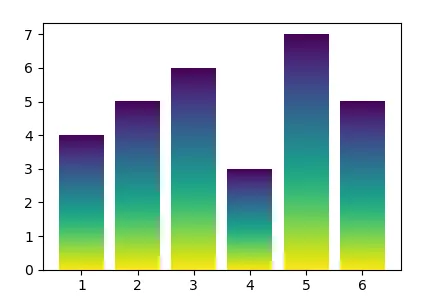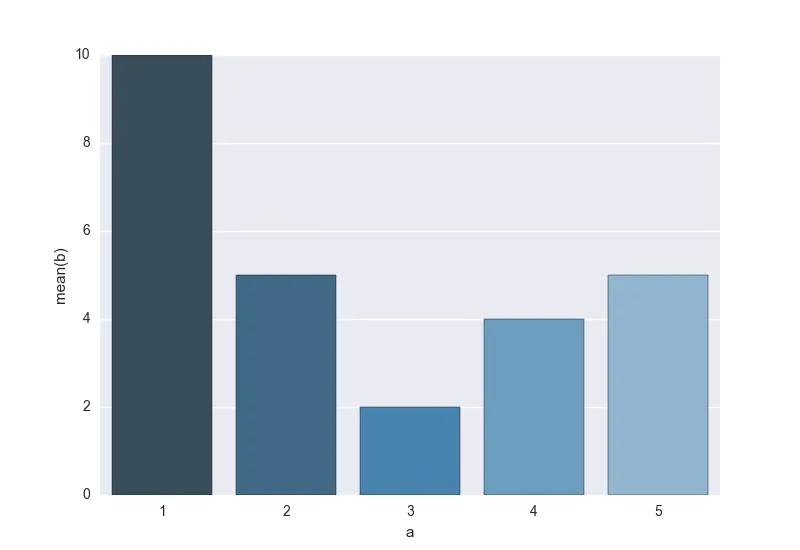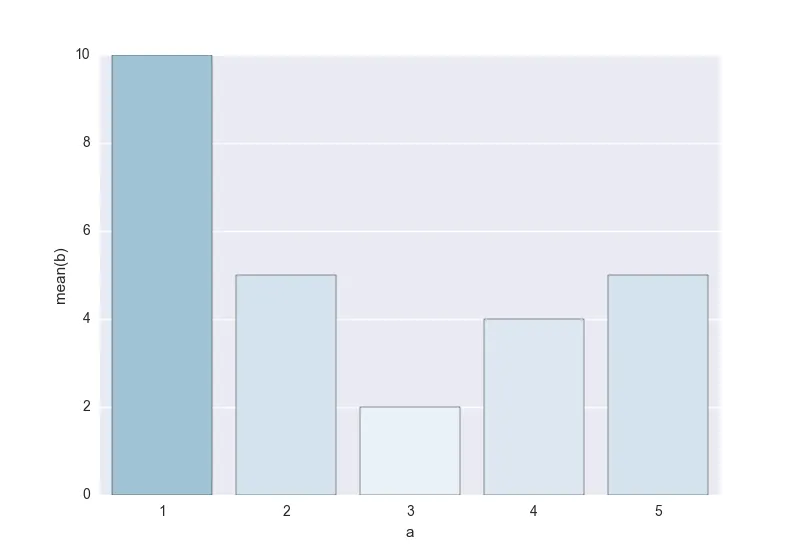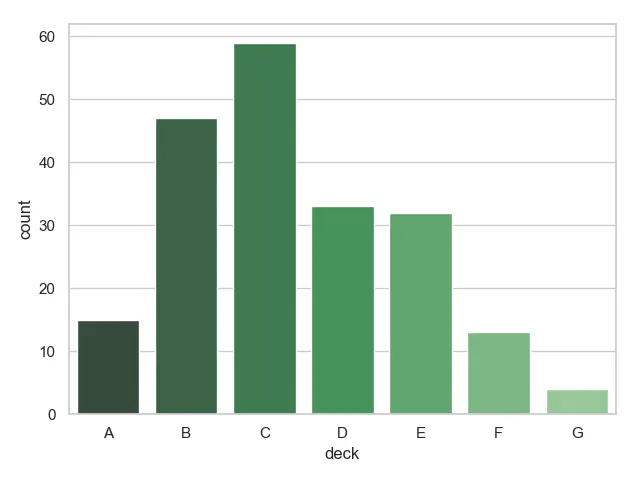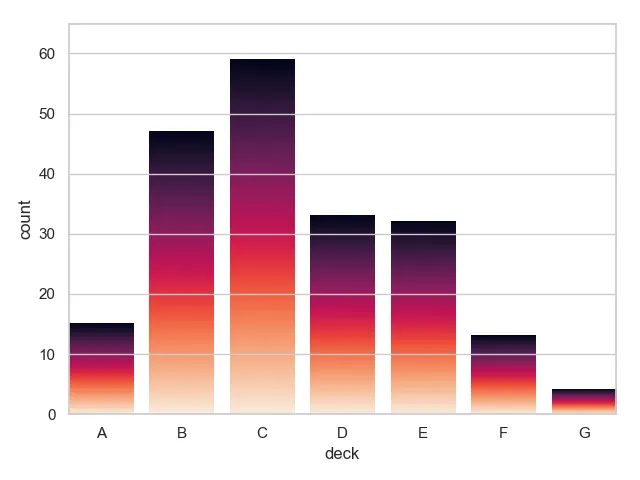不确定这种样式是否有帮助,因为颜色几乎没有任何指示作用,只是让你的图表看起来更好一点。
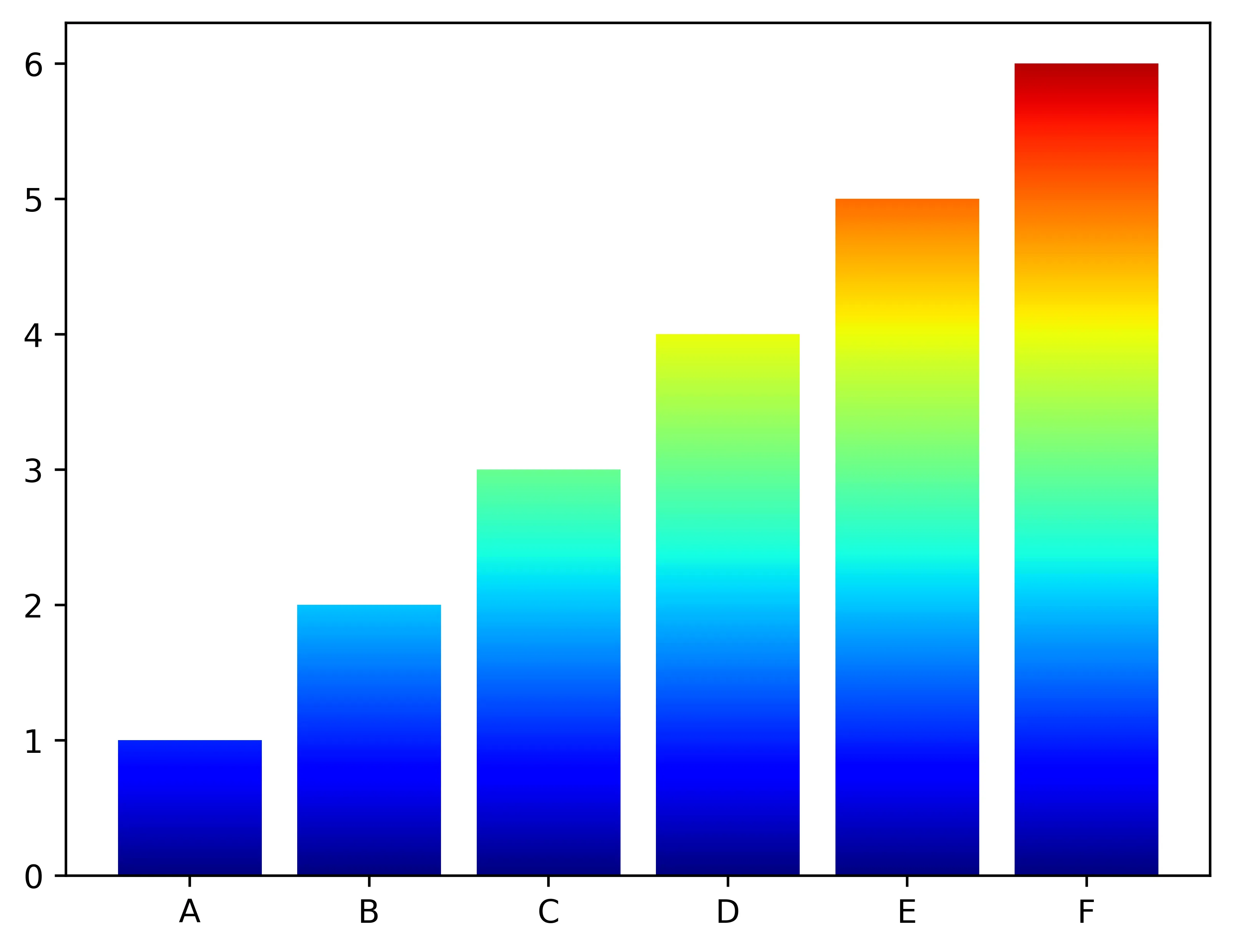
我结合了@ImportanceOfBeingErnest的
答案和@unutbu的
答案来形成这个解决方案。修改的方法是将截断的颜色映射传递给
ax.imshow()。
import numpy as np
import matplotlib.pyplot as plt
import matplotlib.colors as colors
def truncate_colormap(cmap, min_val=0.0, max_val=1.0, n=100):
"""
Truncate the color map according to the min_val and max_val from the
original color map.
"""
new_cmap = colors.LinearSegmentedColormap.from_list(
'trunc({n},{a:.2f},{b:.2f})'.format(n=cmap.name, a=min_val, b=max_val),
cmap(np.linspace(min_val, max_val, n)))
return new_cmap
x = ['A', 'B', 'C', 'D', 'E', 'F']
y = [1, 2, 3, 4, 5, 6]
fig, ax = plt.subplots()
bars = ax.bar(x, y)
y_min, y_max = ax.get_ylim()
grad = np.atleast_2d(np.linspace(0, 1, 256)).T
ax = bars[0].axes
lim = ax.get_xlim()+ax.get_ylim()
for bar in bars:
bar.set_zorder(1)
bar.set_facecolor("none")
x, _ = bar.get_xy()
w, h = bar.get_width(), bar.get_height()
c_map = truncate_colormap(plt.cm.jet, min_val=0,
max_val=(h - y_min) / (y_max - y_min))
ax.imshow(grad, extent=[x, x+w, h, y_min], aspect="auto", zorder=0,
cmap=c_map)
ax.axis(lim)
plt.show()
提示:很抱歉无法使用嵌入式图像。
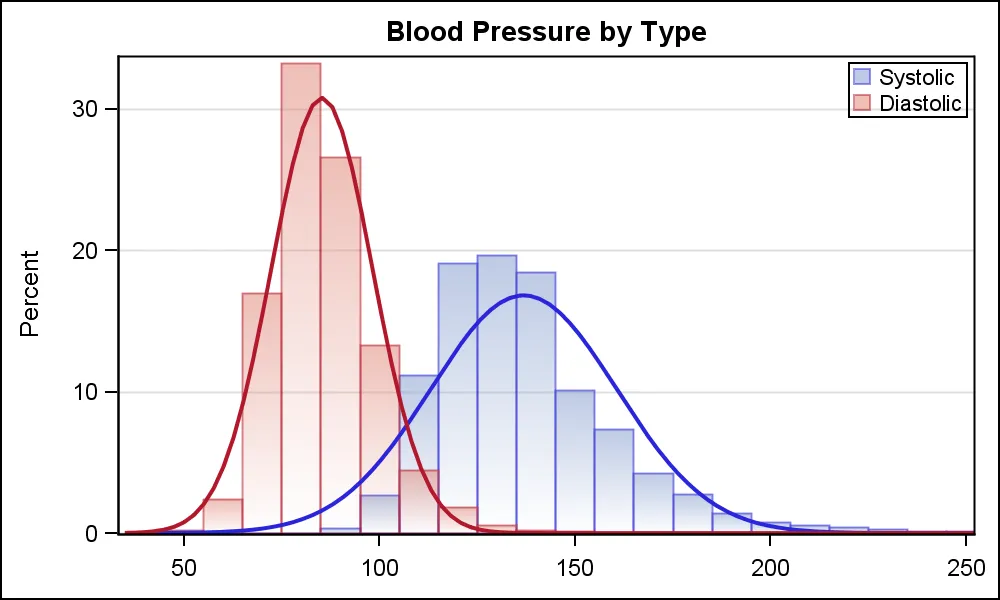 我还查看了这个相关主题Pyplot: vertical gradient fill under curve?。
我还查看了这个相关主题Pyplot: vertical gradient fill under curve?。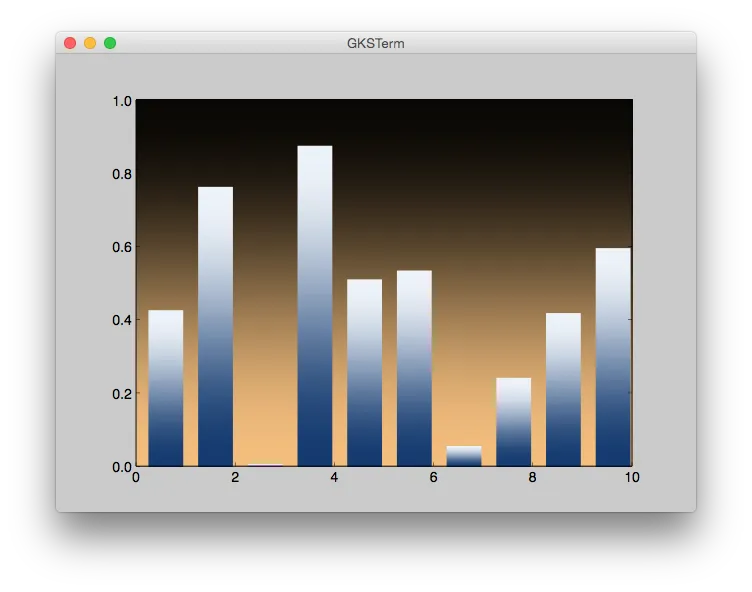 还是有其他替代策略?
还是有其他替代策略? 我还查看了这个相关主题Pyplot: vertical gradient fill under curve?。
我还查看了这个相关主题Pyplot: vertical gradient fill under curve?。 还是有其他替代策略?
还是有其他替代策略?